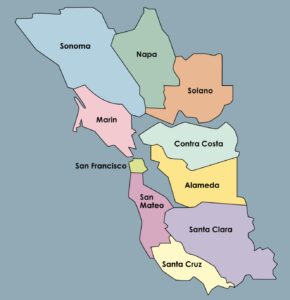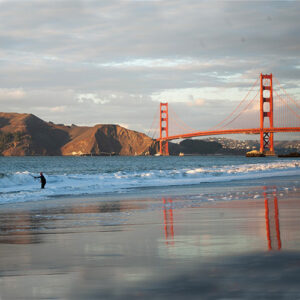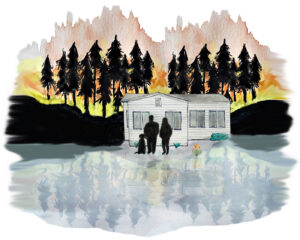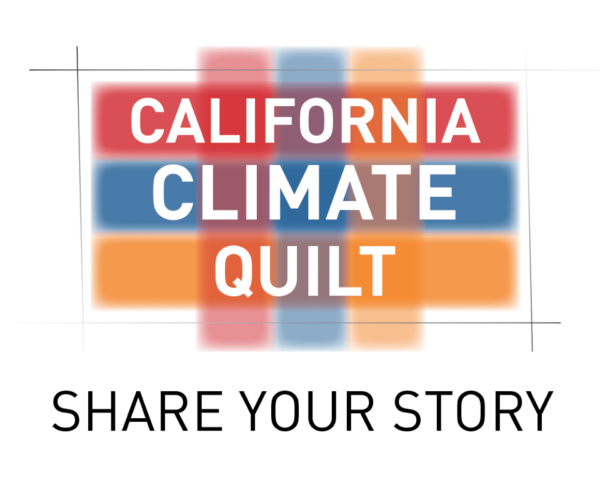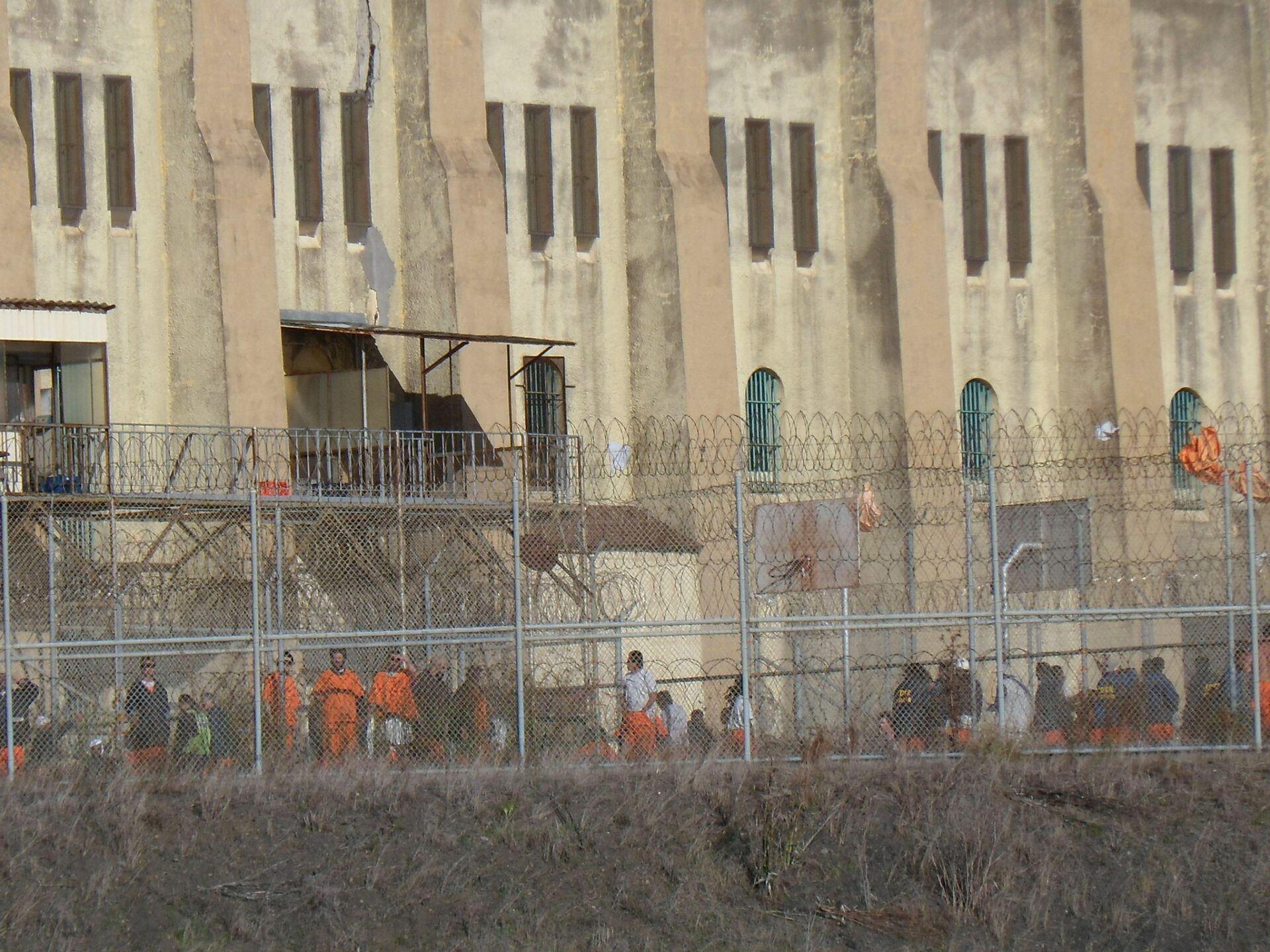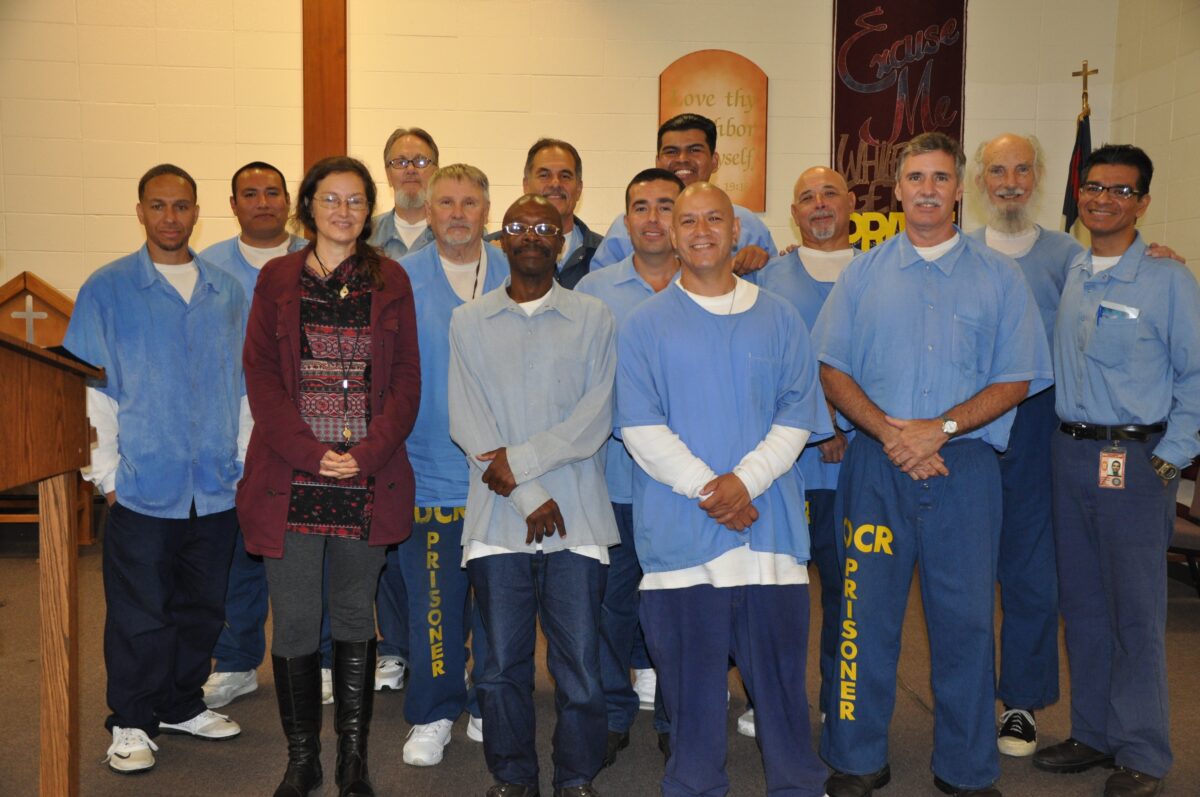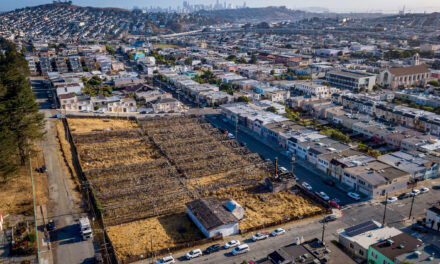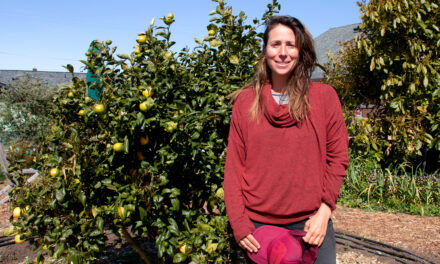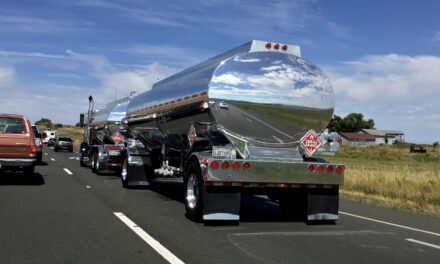Imprisoned with Climate Change
When the power went out at dusk, the prison’s backup generators failed to kick in. So, while prisoners mingled in the housing units, everything went black. And then lights went out on the prison yard. Folks walking around stopped in their tracks. Prison officials responded by recalling everyone off the yard and locking down the prison. The blackout was the result of a scheduled power outage by Pacific Gas and Electric to prevent wildfires in Marin County, where San Quentin sits.
In my 30-plus-years of incarceration, besides blackouts, I’ve endured earthquakes, heat waves, and flooding. I’ve made it through winters in which an extra blanket was the only thing that separated me from icy-cold air gushing into my small cramped cell. The world now recognizes that these weather extremes are the result of climate change. But the effects of climate change on the millions of Americans behind bars often go unrecognized.
Since 2007, I’ve been in San Quentin, where the wildfire season regularly creates so much smoke that it makes people question if they should venture outside to the prison yard.
Meanwhile, as climate change intensifies, city planners for coastal communities are preparing for floods, while western states are struggling with the worst drought in 1,200 years. Naturally, the drought’s effect on San Quentin residents is acutely felt with restrictions on water use. Showers are limited to three days a week for a population of nearly 4,000 and still growing.
Climate change isn’t arriving, it’s already happening. Those warnings have sounded for years. But for the 2.3 million of us in prisons and jails, the impacts are more severe as we face overcrowded and architecturally flawed housing units that jeopardize our health and wellbeing.
A 2015 climate change report by Columbia Law School cites high population density as a central feature of correctional systems that intensifies the adversities of climate change. The report recommends decreasing prison populations by shifting “from mass incarceration toward more effective and less costly strategies to reduce crime and recidivism.” The recommendation has largely been ignored in California as taxpayers pay more than $100,000 to incarcerate each person in the state’s prisons per year. Nevertheless, overcrowding continues, even after a 2011 U.S. Supreme Court decision placed the state prison system in federal receivership to address the issue.
The author, Juan Moreno Haines (third from left in front row), with fellow inmates and a writing colleague.
The North Block housing unit, where I reside, has 414 cells stacked five tiers high. Each cell is four feet wide by nine feet long, smaller than your average parking space. The cells, designed for one person, house two people. About 750 people live in the poorly ventilated building, which houses a population at almost 180% of designed capacity.
As the hot weather extends deeper into the year, I deal with hotter days and nights by turning on a small fan inside my cell. The fan, however, does little to stir the muggy, stale air. All the while, buses arrive bearing new people, increasing the burden on a prison with water restrictions set in place.
Added on top of these climate-related hardships is the lingering COVID-19 virus. As overcrowding continues and vaccine efficacy wanes, housing units are placed on COVID-19 related lockdown, putting incarcerated people in a dangerous pincer movement. It is conceivable that the ongoing pandemic, overcrowding and the worsening effects of climate change could make the poorly ventilated buildings uninhabitable.
But, in the free world, concern about the health and well-being of incarcerated people isn’t at the forefront of public discussions. And people most directly affected are not included in the conversation. Only in Vermont, Maine, and the District of Columbia do incarcerated people have the right to vote.
But, taking away my ballot doesn’t take away my ability to make a difference. I maintain my humanity by supporting an ecological sustainability program that visits the prison called The Green Life.
Our motto: “Let’s not just live on the earth, let’s live with it.”
The community-building idea was born after incarcerated and free people were inspired by a 2009 visit to San Quentin by a figure from the Obama administration, the so-called Green Czar, Van Jones. “If a soda can could get a second chance, why can’t a person?” he asked.
Since then, for more than a decade, The Green Life has met on Saturdays with a mission to develop “Solutionaries”—problem solvers to confront climate change and overcrowded prisons. As part of Green Life activities, advocates from the free world come inside San Quentin to debate issues and role-play challenges that communities both inside and outside the prison face, such as how to reduce water usage by tracking its use. Conducting this exercise resulted in a water storage plan that’s been accepted by the prison administration. We’ve discussed what’s flushed down toilets and how waste is deposited in the sewage system. We’ve also looked into food choices to understand why plant-based diets are environmentally sound.
Through The Green Life, we’ve also scrutinized environmental concerns from a business perspective, an indigenous perspective, a migrant perspective, and an incarcerated perspective.
Even though Solutionaries like me are incarcerated in one of the deadliest places on the planet, our goal is to build sustainable communities. We have the will to change how we think and how we interact with each other so that we can live with the earth. I hope that our story can push those on the outside to find solutions with us.
Research contributions by Emily Swide.
Other Recent Posts
Gleaning in the Giving Season
The practice of collecting food left behind in fields after the harvest is good for the environment and gives more people access to produce.
New Study Teases Out Seawall Impacts
New models suggest that sea walls and levees provide protection against flooding and rising seas with little effect on surrounding areas.
Oakland High Schoolers Sample Local Kayaking
The Oakland Goes Outdoors program gives low-income students a chance to kayak, hike, and camp.
Growing Better Tomatoes with Less Water
UC Santa Cruz researchers find the highly-desired ‘Early Girl’ variety yields more tomatoes under dry-farmed conditions.
Santa Clara Helps Homeless Out of Harm’s Way
A year after adopting a controversial camping ban, Valley Water is trying to move unsheltered people out of the cold and rain.
The Race Against Runoff
San Francisco redesigns drains, parks, permeable pavements and buildings to keep stormwater out of the Bay and build flood resilience.
Learning the Art of Burning to Prevent Wildfire
In Santa Rosa’s Pepperwood Preserve, volunteers are learning how controlled fires can clear out natural wildfire fuel before it can spark.
Martinez Residents Want More Than Apologies — They Want Protection
After a 2022 release of toxic dust and a February 2025 fire, people in the northeast Bay town are tired of waiting for safety improvements.
Weaving Fire Protection Out Of What’s Already There
A new Greenbelt Alliance report shows how existing vineyards, grasslands, and managed forests can slow wildfire and save vulnerable homes.
Fall Plantings Build Pollinator Habitats in Concord
Community groups, climate advocates and a church are coming together to plant pollinator gardens as monarchs, bees see population declines.

